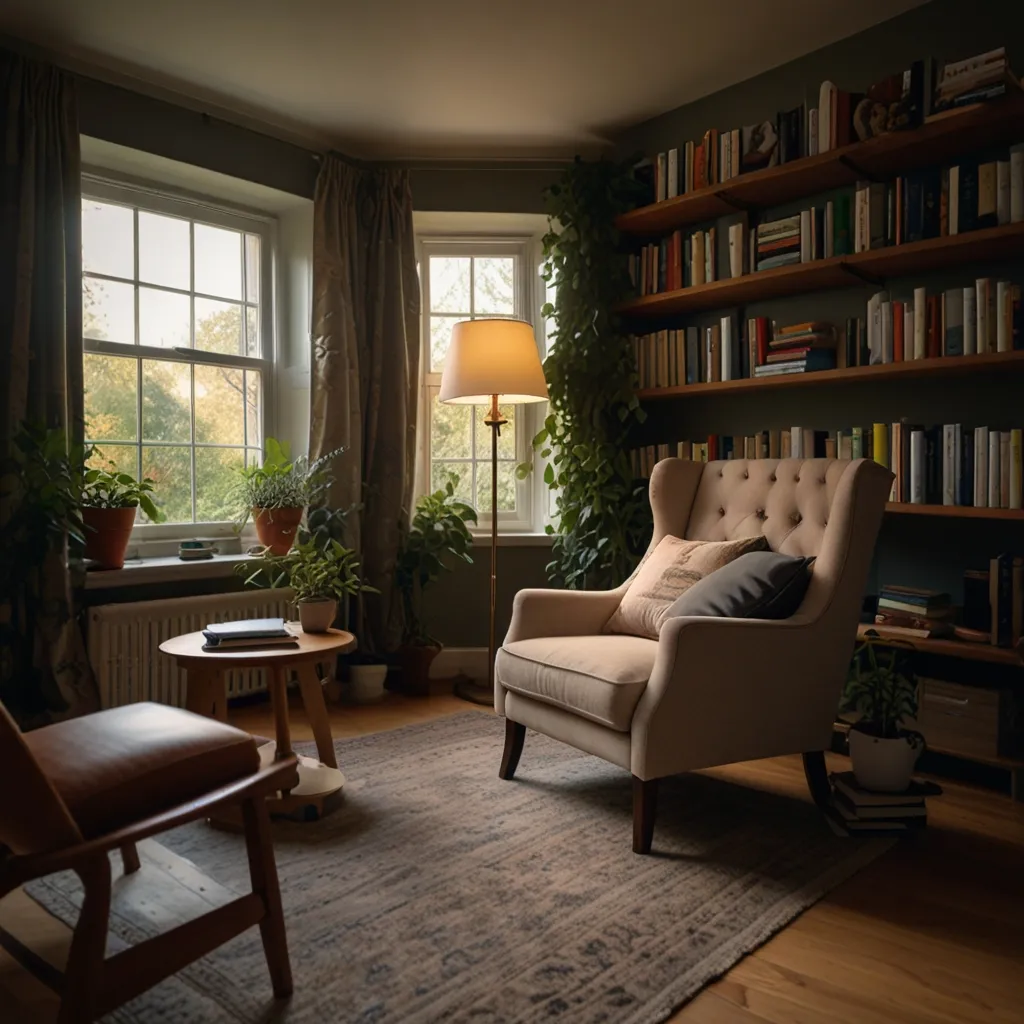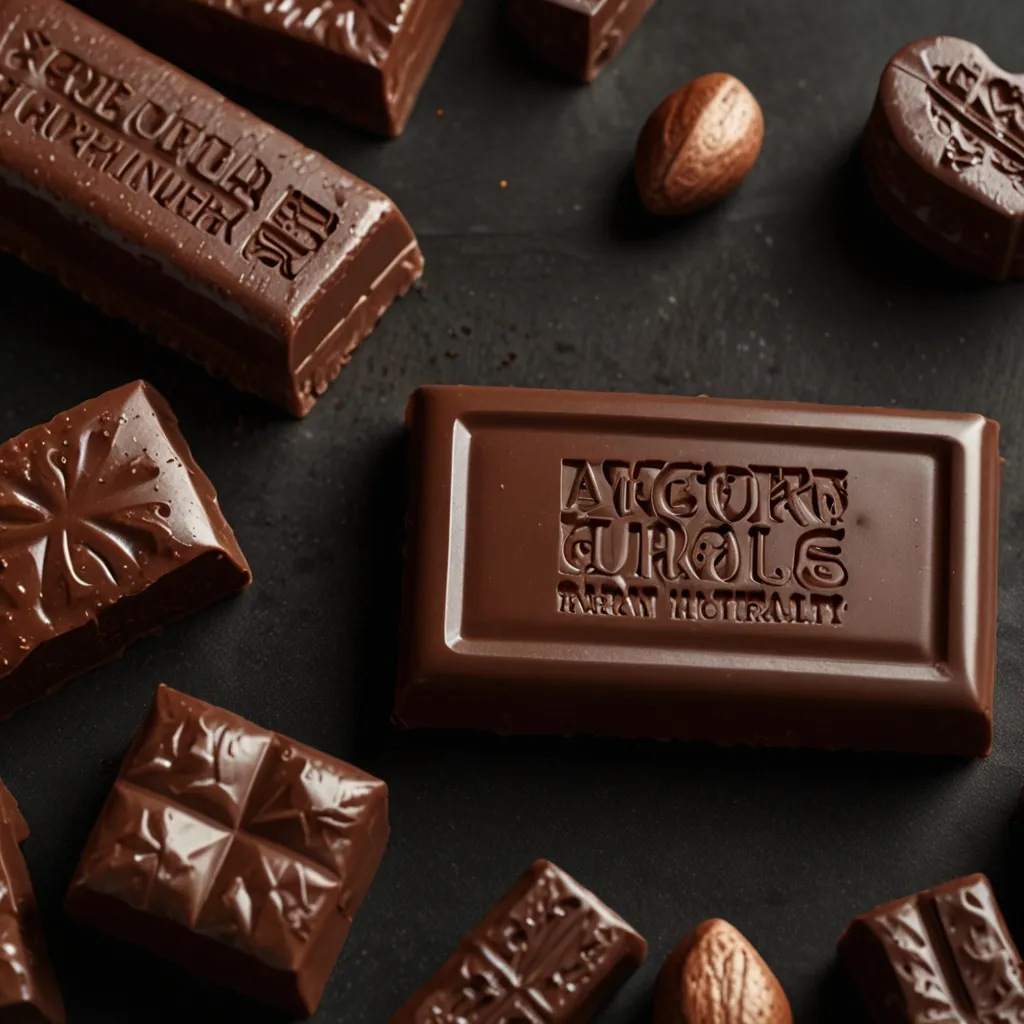Muscle soreness is something everyone faces after putting in the sweat at the gym or during any intense physical activity. While the aches and pains are a sign that you’ve pushed your muscles to new heights, they can also make daily tasks feel like climbing Mount Everest. So, how can we ease this soreness and get back to feeling like ourselves? Let’s explore some tried-and-true methods.
To start with, muscle soreness, especially the delayed-onset kind, is a natural reaction to strenuous exercise. It’s your muscles’ way of saying, “Whoa, we really worked hard!” It’s a good indicator of progress but let’s face it, it’s not the most pleasant feeling.
One of the top ways to deal with sore muscles is through heat and cold therapy. Ice packs can be your best buddy when it comes to reducing pain and swelling. The cold works by limiting blood flow to the area, which in turn numbs the pain. On the other hand, heat therapy does the opposite – it boosts blood flow, relaxing the muscles and helping you get back your full range of motion. Alternating between heat and cold can be even more effective since they complement each other really well.
Another classic remedy is an Epsom salt bath. Epsom salt is basically magnesium sulfate, and soaking in it can help relax your muscles and reduce pain. When you take a dip in an Epsom salt bath, the magnesium gets absorbed through your skin, providing much-needed relief. Plus, it’s a fantastic way to chill out while easing muscle pain.
Keeping yourself hydrated is super important as well. When you work out, you’re sweating out fluids, and not replenishing them can make muscle soreness worse. Drinking plenty of water and refilling those electrolytes can make a significant difference. Electrolytes like potassium, which you can find in bananas, are especially helpful.
Nutrition is also a big player in recovery. Eating foods that are rich in protein, healthy fats, and fiber feeds your muscles the nutrients they need to bounce back. Antioxidant-rich foods, like tart cherries, can also play a role in reducing muscle soreness. It’s like giving your muscles a nutritious hug.
Sleep is often overlooked but is absolutely critical for muscle recovery. While you sleep, your body gets to work on repairing and rebuilding muscle tissue, making them stronger for next time. Good sleep also keeps your hormones balanced, which is crucial for muscle growth and recovery.
Massages, whether professional or self-administered through foam rolling, can also do wonders. Massages increase blood flow, reduce scar tissue, and generally make everything feel a lot better. Foam rolling, which is a sort of self-massage, helps release tension in your muscles’ connective tissue, making it easier to move and recover.
Gentle activities like light yoga or a casual walk can also aid in recovery. It might seem a bit backwards to move more when you’re sore, but low-impact exercises can actually reduce stiffness and improve circulation, speeding up the recovery process.
Warming up before exercise and cooling down afterward also play crucial roles in preventing muscle soreness. A proper warm-up increases blood flow and oxygen delivery to your muscles, making them more flexible and resilient. Cooling down post-workout helps in gradually lowering your heart rate to normal and minimizes muscle soreness.
In a nutshell, easing muscle soreness is about balancing hydration, nutrition, sleep, and the right recovery techniques. Whether you’re a fitness pro or just getting started, these methods can help you feel better and get back to your routine faster. So next time those muscles are screaming for relief, remember that a bit of TLC – Tender Loving Care – can make a world of difference in making those muscles happy and healthy again.






